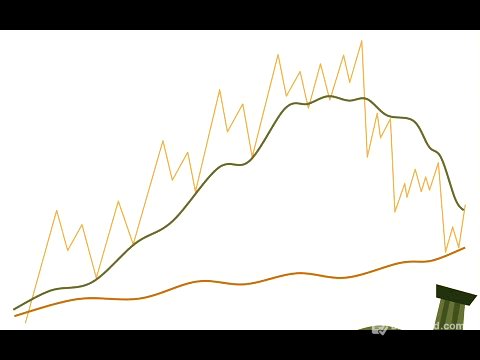TLDR;
This video explains the Z-score, a statistical measure used to determine a data point's position relative to the mean in a normal distribution. It covers the formula for calculating the Z-score, its purpose in measuring position, and its applicability to normally distributed data. The video also provides a practical example of how to use the Z-score to compare performance in different scenarios.
- Z-score formula: z = (x - m) / SD, where x is the actual score, m is the mean score, and SD is the standard deviation.
- Z-score measures position within a normal distribution.
- Applicable only to normally distributed data.
Introduction to Z-Score [0:02]
The video introduces the Z-score as a topic within statistics, following previous discussions on biostatistics, data variables, presentation of statistics, measures of central tendency (mean, median, mode), and measures of dispersion (mean deviation, standard deviation, variance). The Z-score is described as a small but important topic, relevant for both theoretical understanding and numerical applications.
Z-Score Formula and Purpose [1:17]
The Z-score formula is z = (x - m) / SD, where 'x' is the actual score, 'm' is the mean score, and 'SD' is the standard deviation. The main purpose of the Z-score is to measure a data point's position within a distribution, particularly in relation to a normal distribution. It is applicable for normal distributions and not for skewed distributions. Key points to remember are the formula, its function in measuring position, and its applicability to normal distributions only.
Practical Example: Comparing Race Performances [3:16]
To illustrate the application of the Z-score, the video presents an example involving participation in two races: a 200-meter race and a 500-meter race. In the 200-meter race, the participant's time was 28 seconds, while the mean time was 31 seconds with a standard deviation of 1.5 seconds. In the 500-meter race, the participant's time was 132 seconds, the mean time was 125 seconds, and the standard deviation was 8.2 seconds. The problem is to determine in which race the participant performed better.
Calculating and Interpreting Z-Scores for Each Race [7:31]
The Z-score for the 200-meter race is calculated as (28 - 31) / 1.5 = -2. The Z-score for the 500-meter race is calculated as (132 - 125) / 8.2 = 0.854. A higher Z-score indicates better performance relative to the mean. In this case, the Z-score for the 500-meter race (0.854) is higher than the Z-score for the 200-meter race (-2), indicating that the participant performed better in the 500-meter race. This example highlights how the Z-score can reveal insights not immediately apparent, as initially it seemed the 200-meter race was better due to being faster than the average.
Z-Score Applications and Considerations [10:29]
In theory exams, the Z-score may appear as a short note question. In vivas, questions may cover the formula, its values, its purpose, and the required distribution. For MCQs, underlined parts in notes and slides are potential questions, such as what the Z-score provides (position) and its applicability to normal distributions. Numerical problems involving Z-scores can also appear in epidemiology, requiring comparison between two scenarios using the formula. The video concludes by emphasizing the importance of understanding the Z-score for various applications and problem-solving scenarios.









